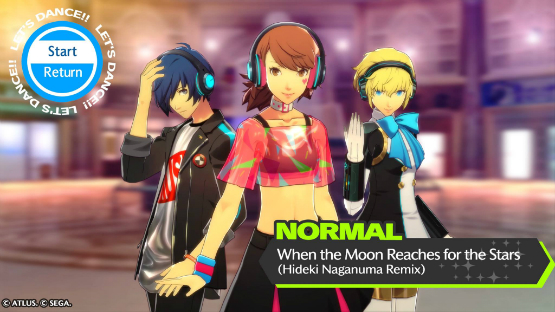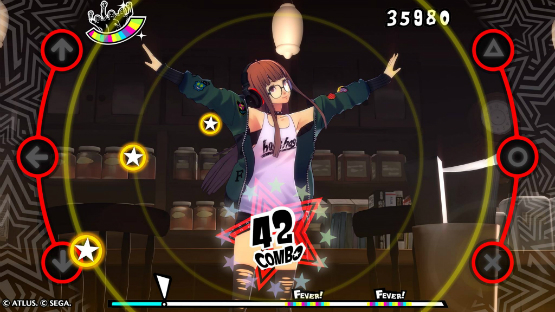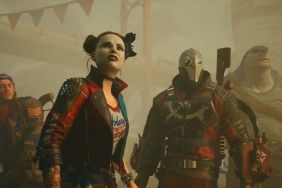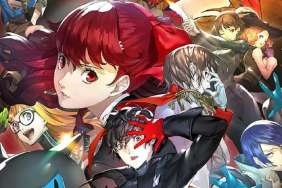I’ll be completely honest in saying that rhythm games are as much my forte as welding, American football, and gourmet pastry baking in the sense that I have no idea what I’m doing in all of those pursuits. Rhythm games usually feel like they’re missing something, whether it is character to set them apart or a system that makes sense to neophytes like myself. That’s why I remain completely blown away by Persona Dancing: Endless Night Collection. Not only is developer P Studio’s game well designed, but it made sense, created an environment that was both educational and fun, and helped me walk away with both a renewed appreciation for the franchise and just a little bit of confidence I can channel the next time a dance floor beckons.
Rhythm of My Life
The first things fans will notice about Persona Dancing: Endless Night Collection (which combines Persona 3: Dancing in Moonlight and Persona 5: Dancing in Starlight alongside a new-to-PS4 Persona 4: Dancing All Night) is that things have changed since the last time the Persona universe visited a dance hall. Dancing All Night opened with a suicide and, while still fun, definitely had much darker undertones present in its narrative. Dancing in Moonlight and Dancing in Starlight are much more light-hearted by comparison, running parallel to each other as the sister in each game’s Velvet Room seeks to prove their Guest is the superior one.
That they decide dancing is the way to go is probably a tad ridiculous, but is that so strange in games based on Persona? Persona 3 had high school kids shooting themselves in the head to summon demons, while Persona 5 followed the exploits of teenagers who had the ability to steal imaginary treasure from a person to completely alter their personality. Deciding to prove who the better Persona user is through a dance-off is hardly the weirdest thing the games have ever done, and is actually refreshingly up-front about its absurdity. The characters also accept it pretty easily once they learn the stakes: it’s a night off for all of them, and in the context of their adventures, that’s refreshing.
The entirety of both games takes place in one night’s fever dream, and, as a result, there isn’t a ton of character or plot development to be had. What there is, though, is a bunch of little look-ins on how these characters might interact with each other absent the world-threatening issues they’ve been dealing with in their respective main games. More often than not, the exchange between characters during Social visits are rather memorable, and the writing team made sure every character behaves the way they probably would in these scenarios. Even the denizens of the Velvet Room get some character development. It’s a great time, even while it’s hard not to be consciously aware that all of Persona Dancing: Endless Night Collection is pretty much fluff.
Rhythm of the Night
When it comes down to it, though, what makes Persona Dancing: Endless Night Collection so great isn’t just the love with which it recreates popular characters; it’s the dancing itself. The gameplay is nothing short of excellent, with the simplistic rhythm system making for endlessly addictive fun. The difficulty levels feel meaningfully dissimilar, too. Someone who works their way up from Easy to Normal or Normal to Hard has a lot to be proud of, as the games switch things up just enough for the difficult differences to really matter. That isn’t to say that it’s too challenging to “level up” in these games, so to speak. With a little bit of practice and some familiarity with the songs, Persona Dancing: Endless Night Collection never feels as though it is unfairly prolonging the longevity of its gated gameplay, with songs unlocking at a very generous clip.
Speaking of songs, the soundtracks on both these games are excellent. The only thing that really separates Dancing in Moonlight and Dancing in Starlight, besides different characters and UIs that match the games that inspired them, is the song compilations. Luckily, both playlists feature very well made remixes of their respective OSTs, and any debate over which game is inherently “better” will come down to preference rather than simply having more content.
With that said, there’s a definite style present in each game that could be of use to fans who only want to purchase one of the two new games. Dancing in Moonlight is the faster of the two, featuring a few quicker remixes and a generally faster-paced playlist, whereas Dancing in Starlight does feel a tad easier thanks to its slightly more jazzy nature.
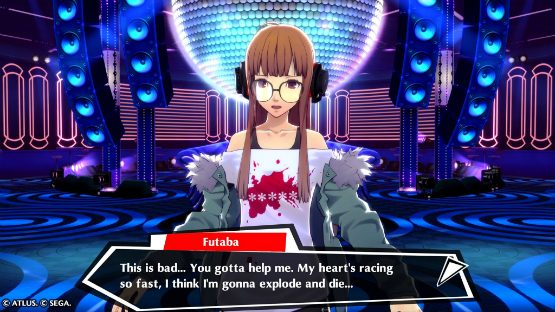
Round and Round We Go
If there’s one thing holding both games back, it’s the fact that the UI simply gets too busy during gameplay sometimes. This is different from games like Dance Dance Revolution, because the way the notes appear on screen follows a conventional method of “reading” music: coming from the same place, heading in the exact same direction, and easy to manage. Persona Dancing: Endless Night Collection has note spiral out from the middle of the screen to the edges of both the left and the right, and on faster songs with higher difficulty ratings, it feels like the human eye simply isn’t meant to follow that many notes while also being occasionally distracted by the music or dance videos playing in the background.
Part of that, though, could be due to a lack of general skill in the reviewer, so I’m not ready to say that the UI doesn’t work altogether for harder difficulties. It would be nice if it was a little less cluttered, though, especially because it makes the actual dancing of the characters pretty hard to view outside of replays.
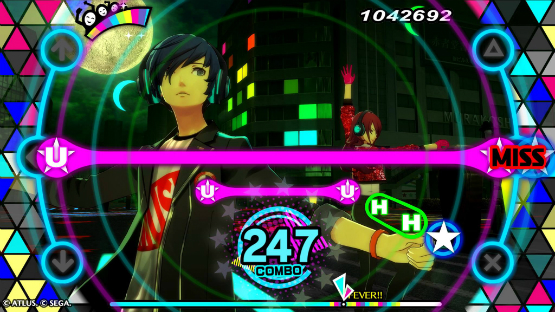
Sing That Song to Me
At the end of the day, though, Persona Dancing: Endless Night Collection is one of the best spin-offs I’ve ever played. The characters are handled with care, with a huge swath of unlockable costumes and accessories to make their dancing even more eye-popping than it already is. The songs vary greatly in style and substance, and the core gameplay mechanic is addictive in the same way that the best arcade rhythm games are—seductive because they’re playable for just ten or twenty minutes that end up becoming hours.
Perhaps the best way to describe how infectious the cheer and simple fun in Persona Dancing: Endless Night Collection is to reflect on how it stays with you after you put it down. Hours or days later, you’ll find yourself tapping your foot to a song you played, and rather than just leaving it at that, a temptation emerges. Why not just play it again? If only for five minutes at a time, that kind of staying power is a rarity in gaming, spin-off or no, and as far as rhythm games go, Persona Dancing: Endless Night Collection combines two into one of the better, more accessible variants of the genre in recent memory.
Persona Dancing: Endless Night Collection review code provided by publisher. Version 1.00 reviewed on a PlayStation 4 Pro. For more information on scoring please see our review policy.
-
Excellent character design and development work
-
Songs are catchy, fun, and varied
-
Gameplay system is simple and addictive
-
UI gets extremely busy at times
-
Dancing is hard to watch without replay system
Persona Dancing: Endless Night Collection Review
-
Persona Dancing Endless Night Review
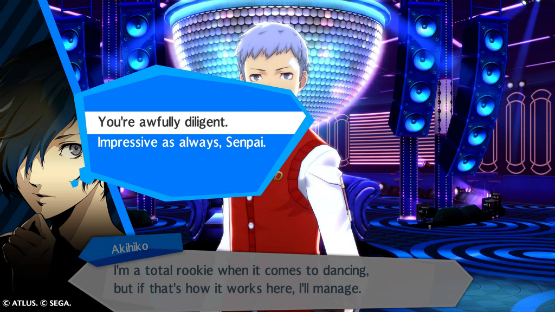
-
Persona Dancing Endless Night Review
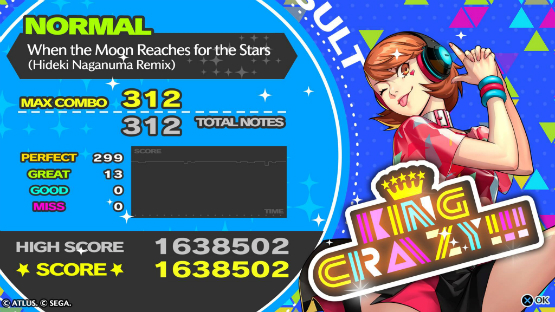
-
Persona Dancing Endless Night Review
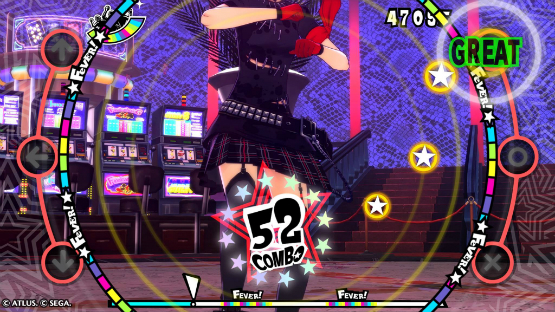
-
Persona Dancing Endless Night Review
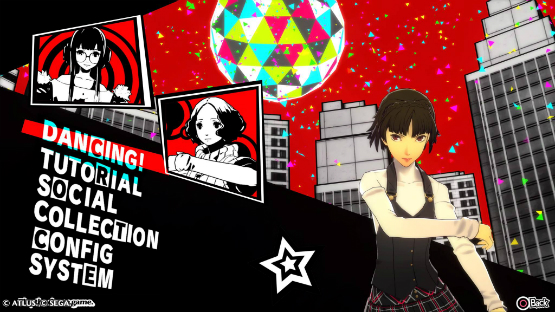
-
Persona Dancing Endless Night Review
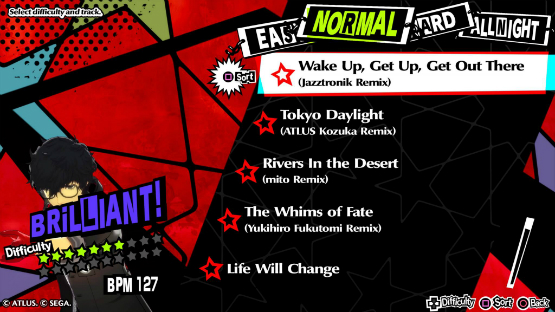
-
Persona Dancing Endless Night Review
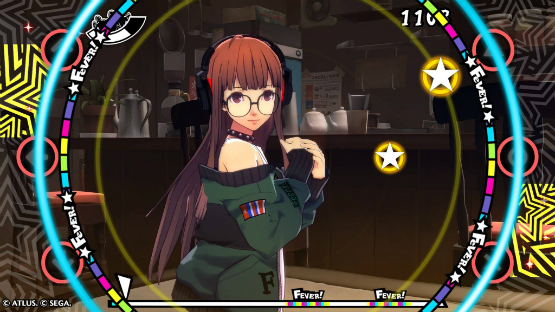
-
Persona Dancing Endless Night Review
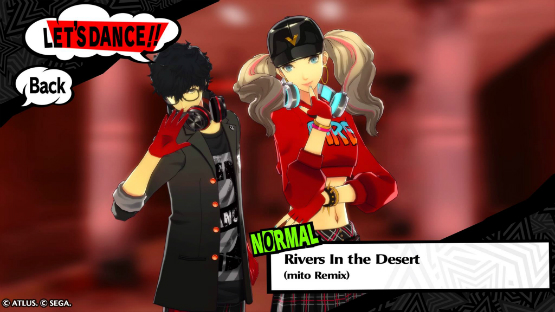
-
Persona Dancing Endless Night Review
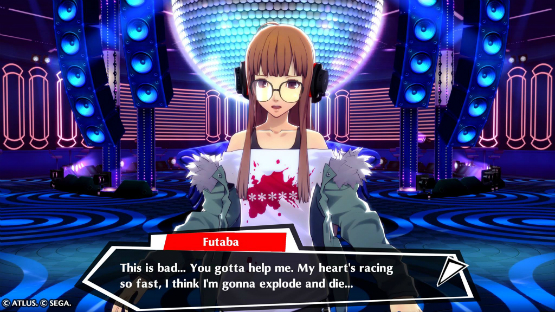
-
Persona Dancing Endless Night Review
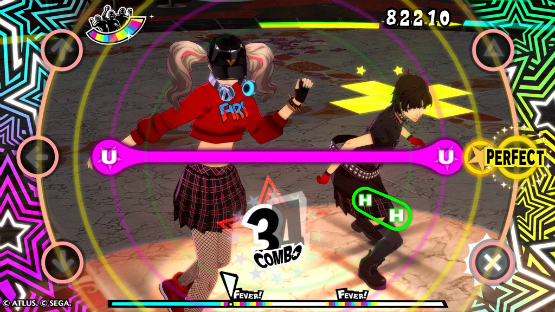
-
Persona Dancing Endless Night Review
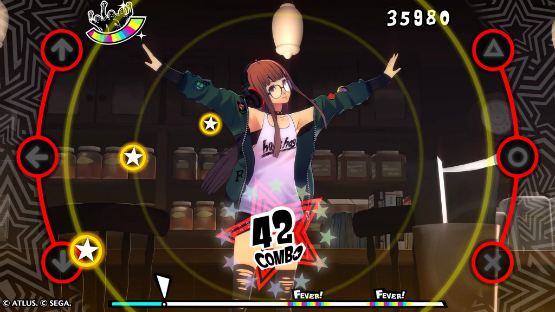
-
Persona Dancing Endless Night Review
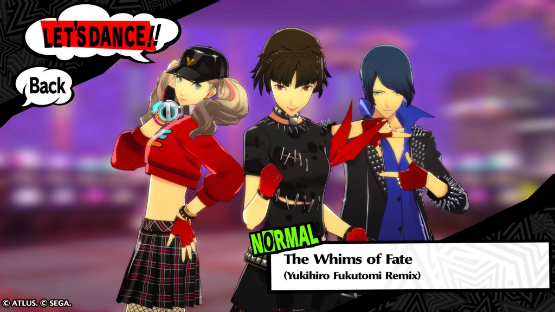
-
Persona Dancing Endless Night Review
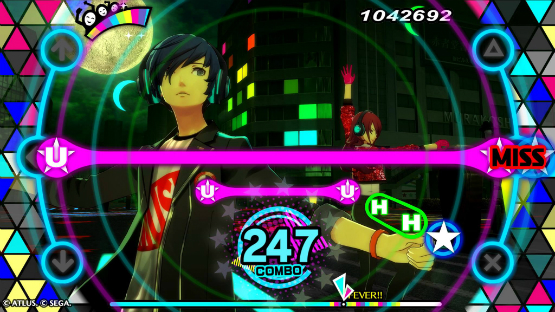
-
Persona Dancing Endless Night Review
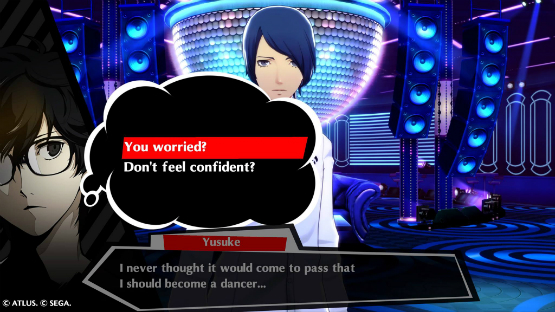
-
Persona Dancing Endless Night Review
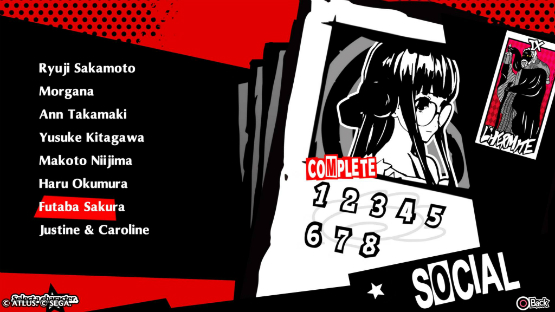
-
Persona Dancing Endless Night Review
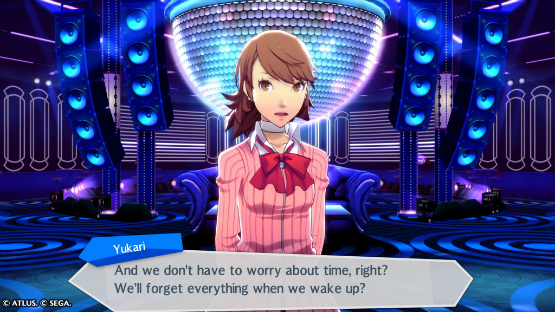
-
Persona Dancing Endless Night Review
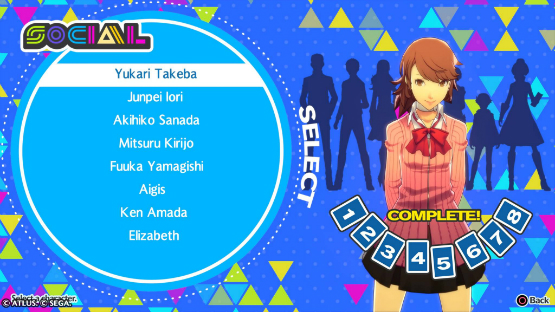
-
Persona Dancing Endless Night Review
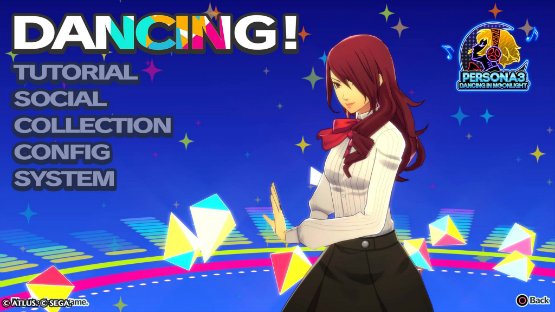
-
Persona Dancing Endless Night Review
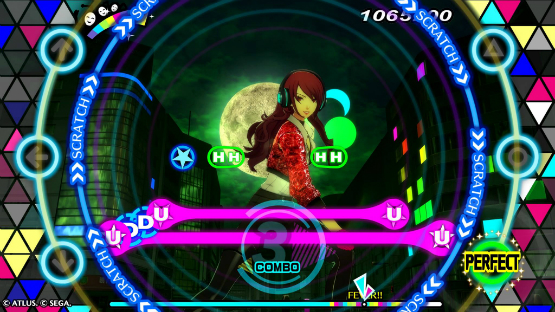
-
Persona Dancing Endless Night Review
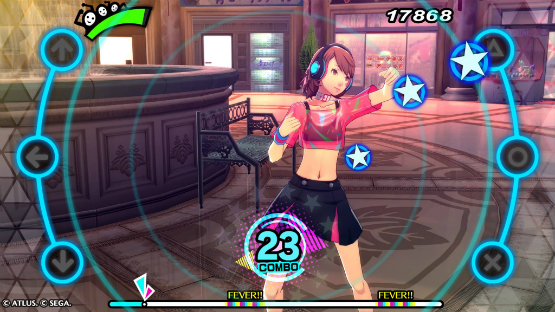
-
Persona Dancing Endless Night Review
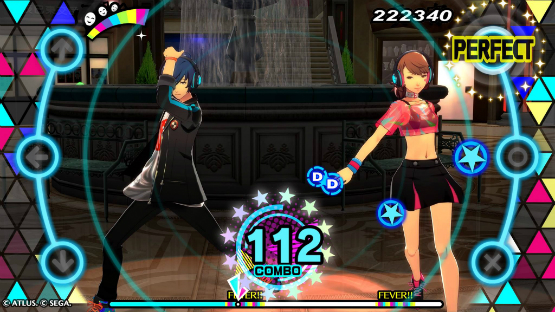
-
Persona Dancing Endless Night Review
